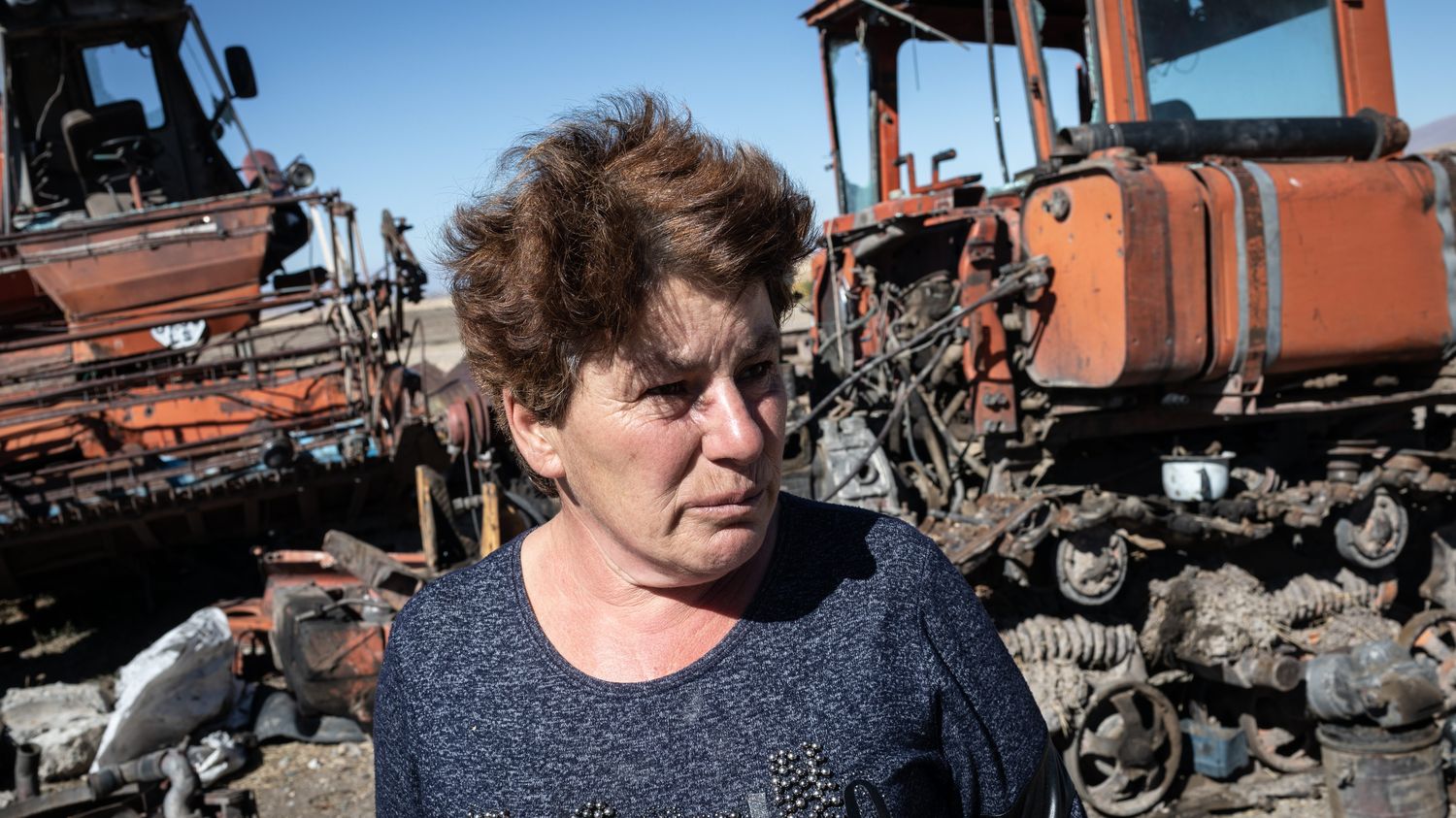Today in “Profession reporter”, Armenia and the still tense situation in Nagorno-Karabakh. The details of a great documentary reporter who knows the area well, Olivier Weber.
Armenia’s situation with Azerbaijan does not really occupy the headlines. The war in Ukraine somewhat obscures this crisis that a few journalists cover from time to time, by going to Nagorno-Karabakh, a historical point of tension between the two countries. Because the subject is not covered enough journalistically and explained, the great reporter Olivier Weber and his writer friend, Sylvain Tesson, decided to go there to shoot a film with the ambition of documenting the conflict.
In the South Caucasus, the Armenian enclave of Nagorno-Karabakh in Azerbaijan remains a subject of tension, more than two years after the 44-day war, which the Azeris had dominated with the support of Turkey. A ceasefire was signed on November 9, 2020 under the aegis of Russia, but while negotiations continue between Yerevan and Baku, there is currently no peace agreement.

At the border, incidents are increasing
Last September, fighting killed more than 280 on both sides, raising fears of a new war. Armenia then turned to its ally, Moscow, to send troops from the collective security treaty organization, by which the two countries are bound. Russia, monopolized by the war in Ukraine, is struggling to play its role of arbiter in the region, and the consequences are disastrous on the ground.
Since December 12, 2022, the Lachin corridor, the umbilical cord linking the self-proclaimed republic of Artsakh (Nagorno-Karabakh) to the rest of Armenia, has been blocked by Azeri militiamen or agents sometimes disguised as environmental protesters. Nearly 120,000 people remain cut off from the world, food stocks are running out, gas is cut off. Baku’s stakes are clear: to asphyxiate the Armenian population of Artsakh, to force them to leave Azerbaijan. Population displacements are numerous, the fate of the displaced alarming.

A crisis insufficiently covered by the media
Because they consider that this crisis is outsourced to the media – other international crises such as the war in Ukraine have more factual repercussions – the situation in Armenia, as disastrous as it is, has become bogged down in a so-called conflict of low intensity. The great reporter Olivier Weber and the writer Sylvain Tesson planned to document the situation in this corridor, by shooting a documentary film.
Traditionally, such a project goes through presentations to television channels or production companies to finance the film. The urgency of the situation means that the journalist and the writer, together with the production team, do not have time to take the necessary steps. Now is the time to go to the field, take pictures, collect testimonies, cross-check information.
So, a rare occurrence, they launched a call for crowdfunding from their relatives. But whatever it is, the shooting will be done. Olivier Weber has also returned from scouting, he who is familiar with this border area, which he has been traveling for 30 years.
